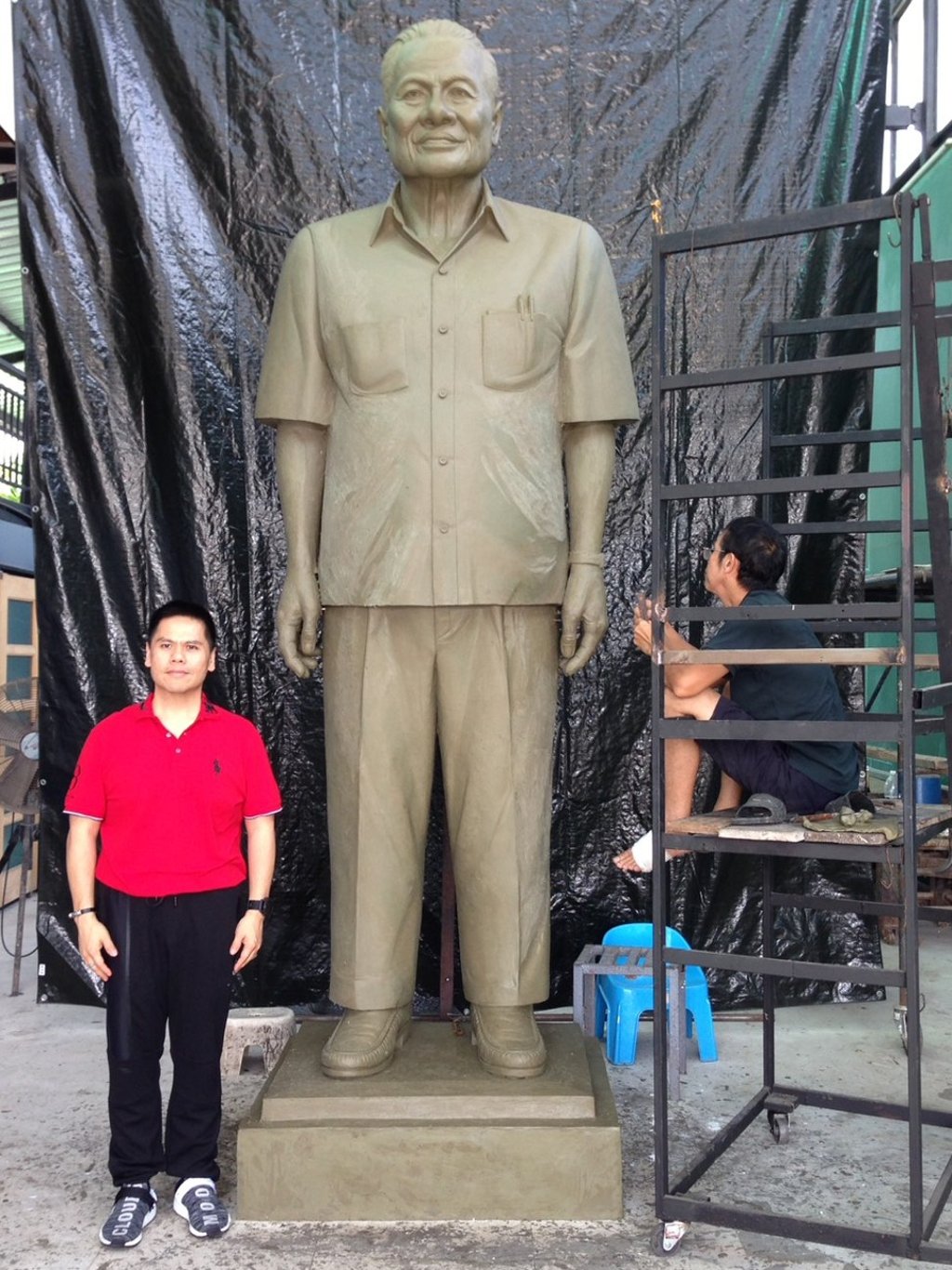Chinese Thai politician’s legacy to his hometown a reminder of how minority influenced Thailand’s economy, politics and society
Banharn Silpa-archa, a Thai prime minister, built a museum shaped like a mythical Chinese dragon to celebrate China’s culture and Chinese migrants’ part in Thailand’s story. A new statue will soon honour the champion of his hometown

On August 10, the residents of Suphan Buri will receive yet another reminder of the man who put their town back on Thailand’s political map – Banharn Silpa-archa, a prime minister in the mid-1990s and provincial politician extraordinaire.
A towering statue of Banharn, a diminutive man in real life, will be erected at the entrance to the Dragon Descendants Museum built in the shape of a dragon, part of Banharn’s bountiful legacy to the town 100km (60 miles) north of Bangkok.
That a giant dragon 35 metres (115 ft) tall and 135 metres long – a mythical creature of ancient China, not Thailand – sits in the centre of Suphan Buri is testimony to the historical openness of Thailand to its citizens of Chinese descent and to the tremendous influence these “dragon descendants” had on its society, economy and politics. Banharn, who died two years ago at the age of 83, came to personify the successful provincial Thai politician during his 40-year public career.
Born in Suphan Buri – the town gave its name to the surrounding province – the young Banharn helped at his father’s tailor’s shop in the market. His father was of Chinese Chiuchow descent, from Guangdong province in southern China, while his mother was ethnic Thai. Neither was rich. According to family lore, Banharn quit school at the age of 16 and moved to Bangkok to make his fortune. Before he left he visited the town shrine, where he vowed to beautify the sanctuary and develop his hometown should his prayers for wealth be answered.

Such shrines are found in many Thai towns, but the one in Suphan Buri is unique for its distinctly Chinese characteristics, and pillars depicting the Hindu gods Shiva and Vishnu. The origin of the pillar gods remains a mystery, but it is known that the Suphan Buri’s Chinese community built the shrine and began worshipping there about 170 years ago, according to Dragon Descendants Museum director Chanchai Tippanet.
“The Chinese community back then was already big in Suphan, mostly Chiuchow and Hailam [Hainan] Chinese,” Chanchai says. “They would arrive at Samut Sakhon [a coastal province south of Bangkok] and take a boat up the Tha Chin River to Suphan Buri, then look around for work and a place to live.”